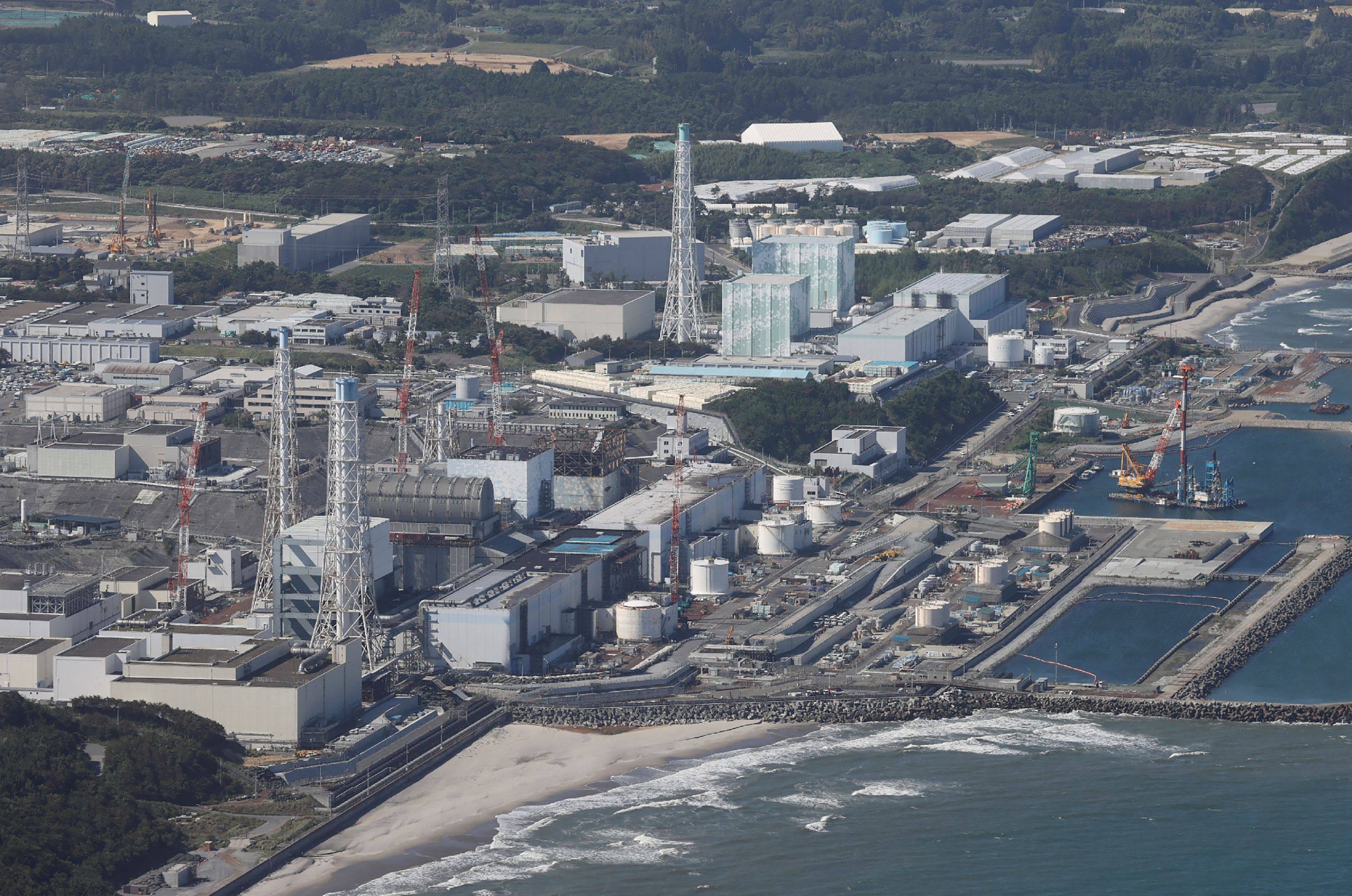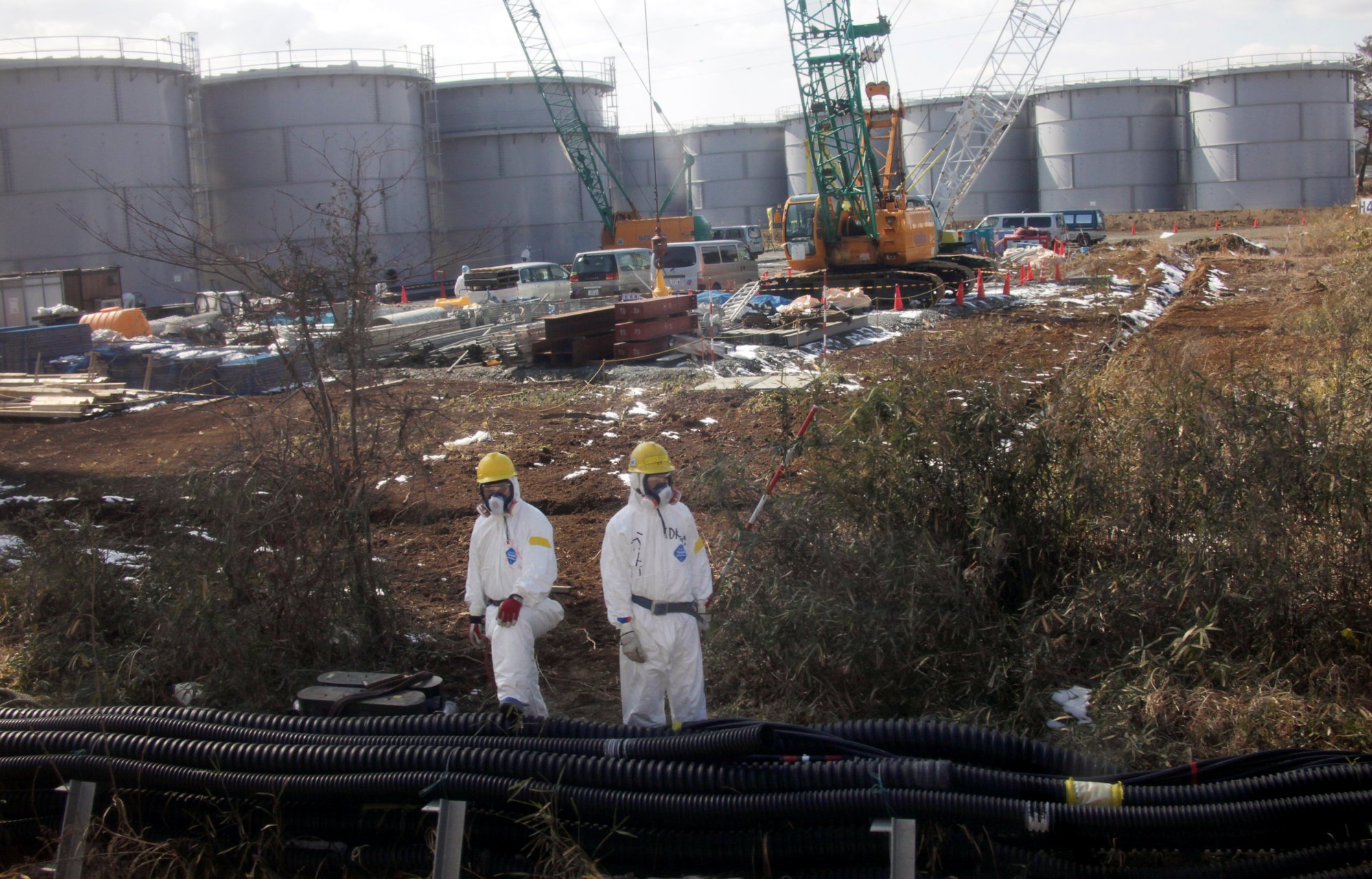Japan plans to expand nuclear risk payouts for towns, critics call it a ‘bribe’
The proposal would expand subsidies to towns within a 30km radius of nuclear facilities, up from the current 10km

Japan’s ruling coalition has agreed to expand financial support for communities near nuclear plants, drawing fierce criticism from environmental groups who describe the move as a “bribe” aimed at buying consent from cash-strapped rural areas.
Under the proposal, backed this week by senior officials in the Liberal Democratic Party and its partner Komeito, subsidies would be extended beyond the current 10km radius to include municipalities up to 30km from nuclear facilities.
The government is also considering legal changes to promote economic development in areas close to nuclear plants that would also bring in more money for local authorities.
A portion of the subsidies would be earmarked for evacuation planning in case of accidents – but critics argue the scheme is less about safety and more about co-opting vulnerable local authorities.
“It is effectively a bribe to these communities because years of government policies have drained the countryside of employment and forced people to move to the cities,” said Aileen Mioko Smith, an environmental campaigner with Kyoto-based Green Action Japan.
“With the rural population decreasing and ageing, these communities are desperate for funds,” she told This Week in Asia. “Local authorities are becoming more and more dependent on funds from the government for their budgets and that is what the government is offering them.”
Historically, communities that agreed to host nuclear power plants, research facilities and other related sites have received generous subsidies from power plant operators and the national government. In the past, many towns actively sought to host nuclear facilities as they knew it would mean a cash injection that would allow them to invest in infrastructure such as new roads, upgraded schools and improved healthcare facilities.
But the 2011 disaster at the Fukushima Daiichi nuclear plant shattered long-held assurances from the government and the nuclear industry that such facilities were entirely safe – and forced a fundamental rethink of the risks of having one nearby.
More than 14 years after three reactors melted down following a magnitude-9 earthquake and the devastating tsunami it triggered, large parts of the surrounding towns remain uninhabitable due to lingering radiation. Work to decommission the crippled plant is ongoing, with operator Tokyo Electric Power Company estimating it will take until 2050 to complete.
The legacy of Fukushima – the world’s second-worst nuclear accident after Chernobyl – continues to hinder government efforts to revive the nuclear sector. The most urgent challenge is identifying a location for a permanent underground repository to store thousands of tons of highly radioactive waste, but few municipalities have agreed to even preliminary geological surveys.

To expand its options, the government now plans to include a wider circle of municipalities in its compensation strategy. The coalition-backed proposal still requires formal legislative and regulatory amendments, with changes expected to be introduced in the Diet later this year.
Observers note that the move reflects growing recognition that the impact of a nuclear accident can extend well beyond the immediate vicinity of a plant.
“It is completely understandable that communities want to get money, including more that are beyond the present 10km distance from a plant, because these towns are also likely to be affected in a disaster,” said Hajime Matsukubo, secretary general of the Tokyo-based Citizens’ Nuclear Information Centre.
“At the moment they are getting nothing and for something like drawing up evacuation plans, these funds would be very important,” he said.
Matsukubo noted that financial support is not the only issue many towns have raised. While communities located within 10km of a plant can refuse permission for a facility to restart after a full safety overhaul – as required in the aftermath of the Fukushima disaster – this right would not be extended to towns located between 10km and 30km away under the government’s new proposal.
“The money is coming from the national government and not the operators of the plants, with local people not having the right to veto the resumption of operations or other major changes at these sites,” Matsukubo said.
The strategy of continuing to invest in nuclear energy is a mistake, Smith added, as Japan’s nuclear plants are ageing and require increasing amounts to be spent simply on maintenance and to ensure safety.

“The operating costs of nuclear power plants are now the same as the cost of constructing new renewable energy facilities, but the government remains committed to spending more on this ageing technology,” she said.
“Every day, every month and every year, the cost of nuclear power becomes less competitive and, in the meantime, the national government has to give local authorities more money to keep these plants going,” she said. “That cost then has to be passed on to taxpayers.
“This is an industry where the conditions are getting worse but the government has to keep giving more,” Smith added. She argued this was “not a good energy policy for the nation because it is very short-sighted and I do not believe the government is working in the best interests of the future of the nation.”